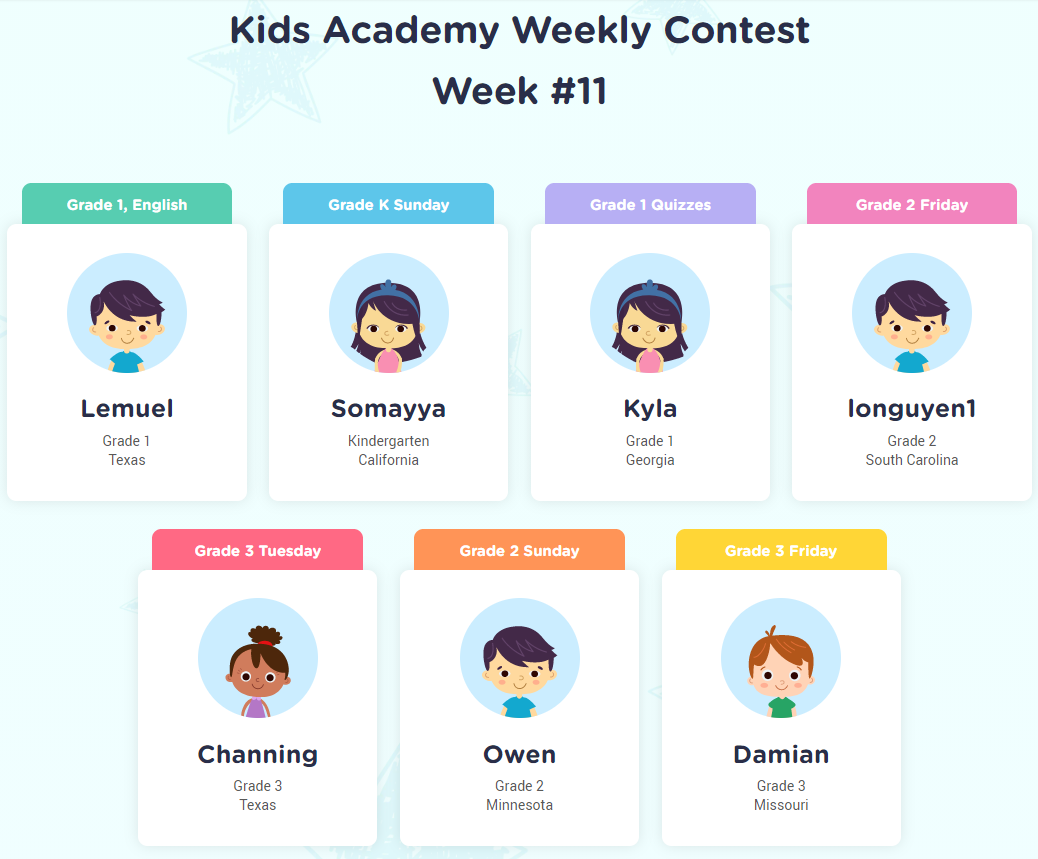Visual perception Normal Math Worksheets for Ages 5-8
15 filtered results
-
From - To
Discover our engaging Visual Perception Normal Math Worksheets designed specifically for children ages 5-8! These worksheets enhance critical skills such as shape recognition, pattern identification, and spatial awareness, ensuring young learners build a strong foundation in math through enjoyable activities. Each worksheet features colorful illustrations and user-friendly formats that captivate students' attention and promote independent learning. Perfect for teachers and parents, these resources are ideal for reinforcing visual perception skills essential for problem-solving in mathematics. Help your child develop confidence in their math abilities while exploring fun and interactive learning experiences. Join us in nurturing a love for learning today!
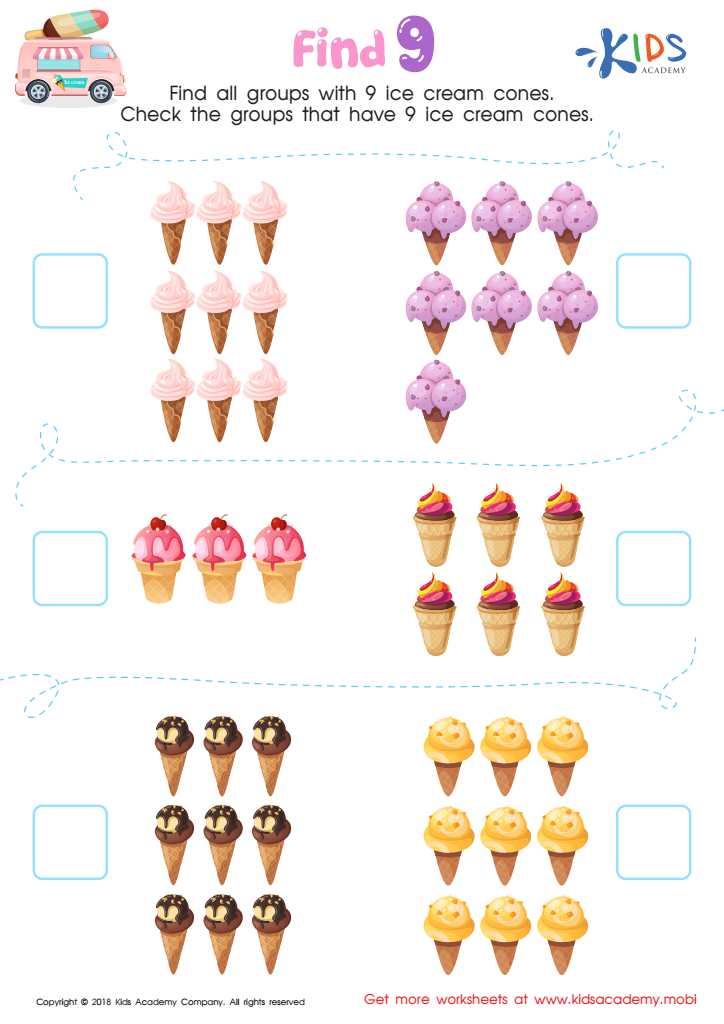

Find 9 Worksheet
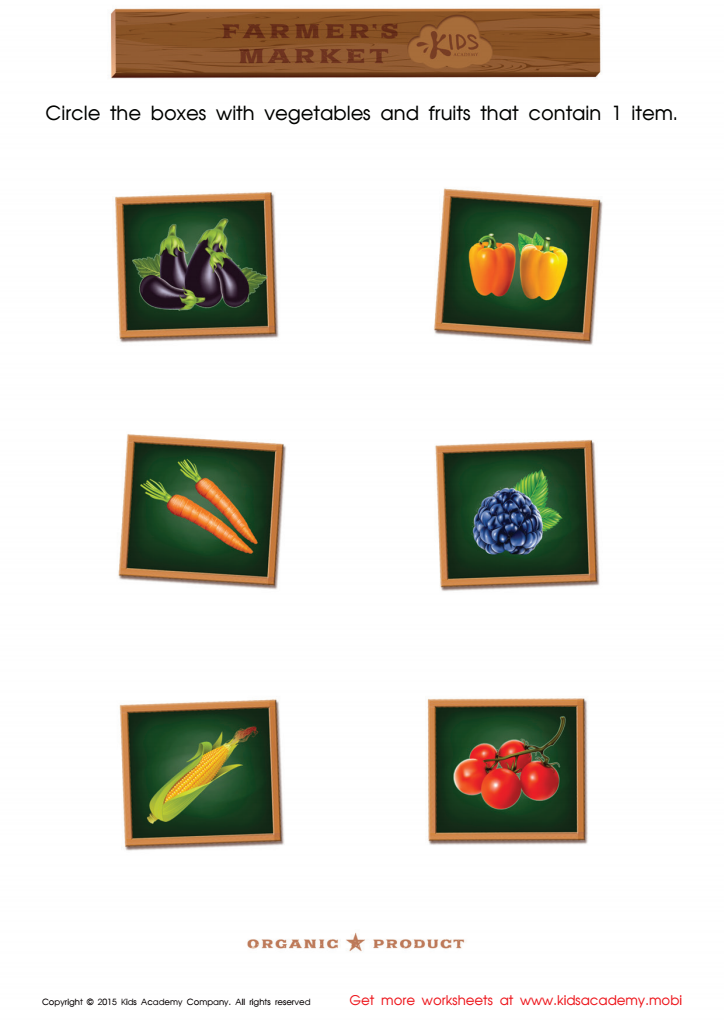

Count and Match Boxes with Vegetables
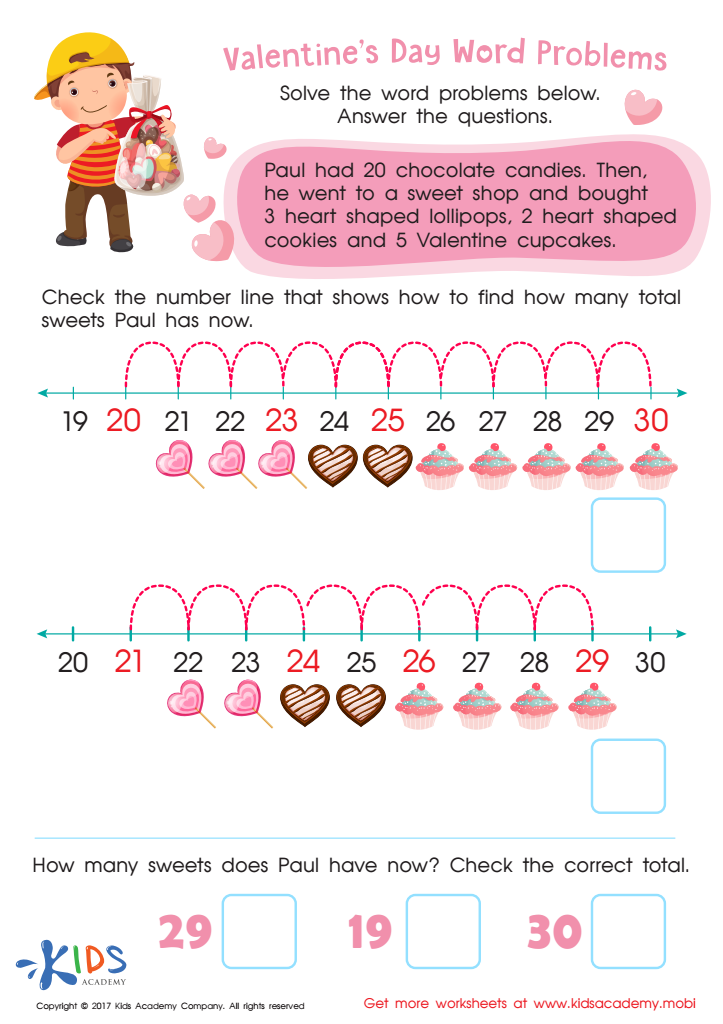

Valentines Day 2 Printable
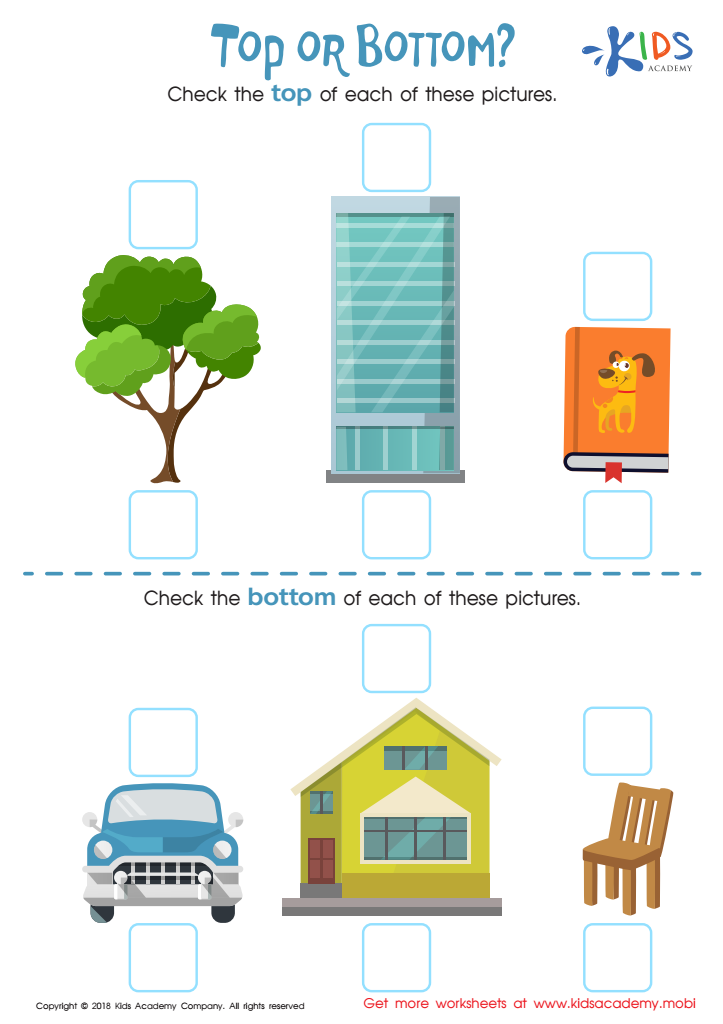

Top or Bottom Worksheet
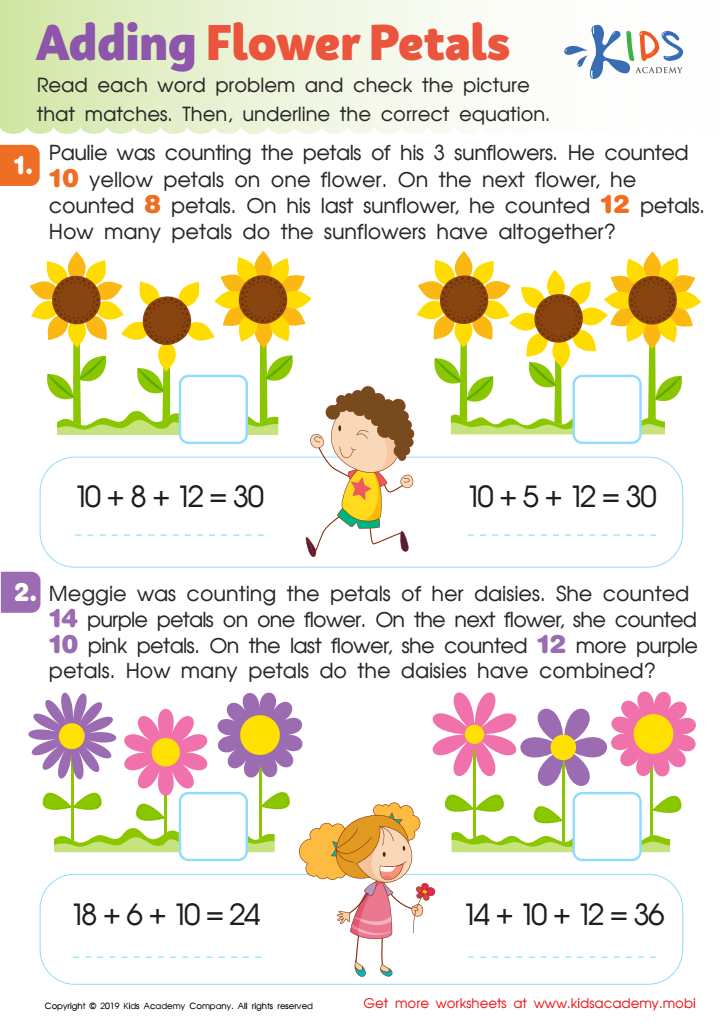

Adding Flower Petals Worksheet
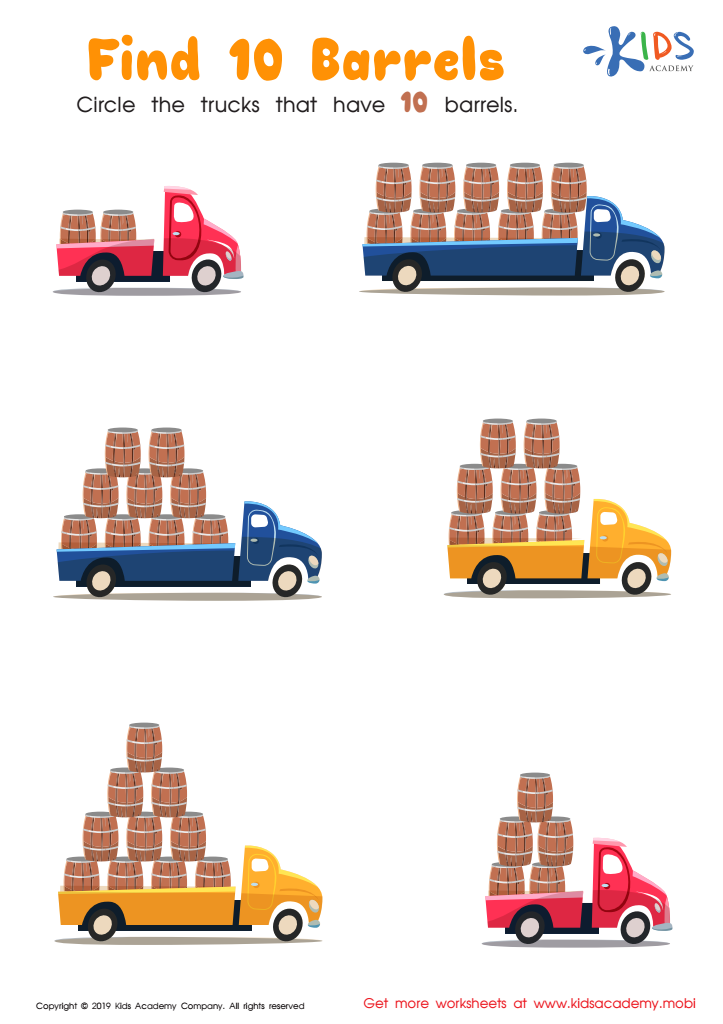

Find 10 Barrels Worksheet


Count and Pair on the Farm Worksheet
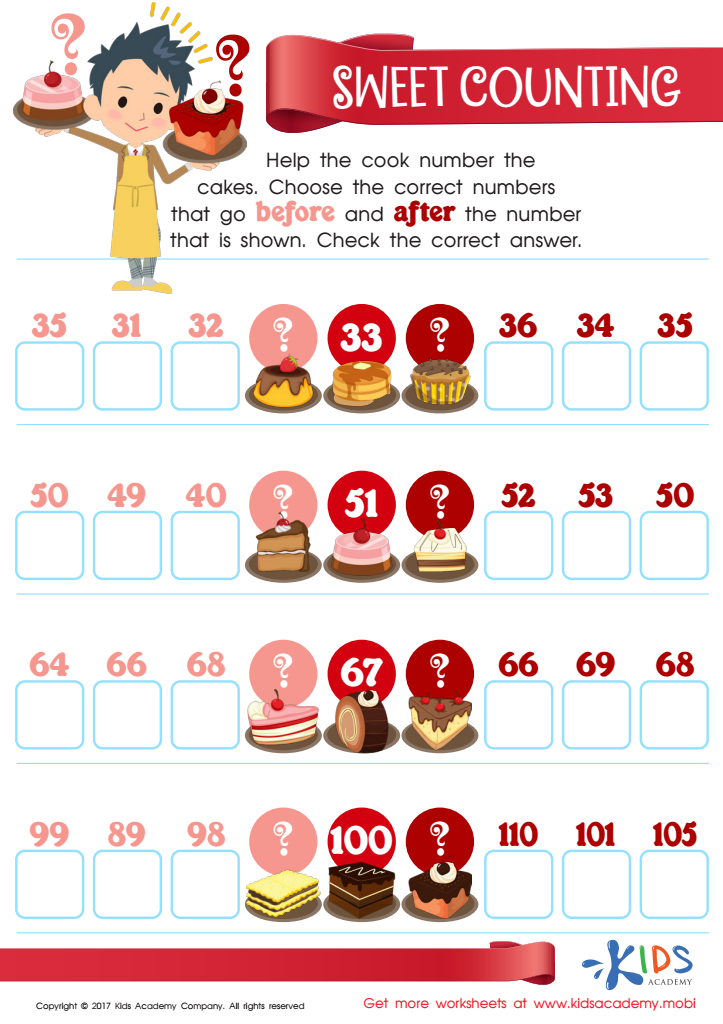

Sweet Counting - Part 1 Worksheet


Preschool Geometry Match Up Worksheet


Count and Match Points 10 Math Worksheet


Classifying Toys by Type and Color Sorting Worksheet
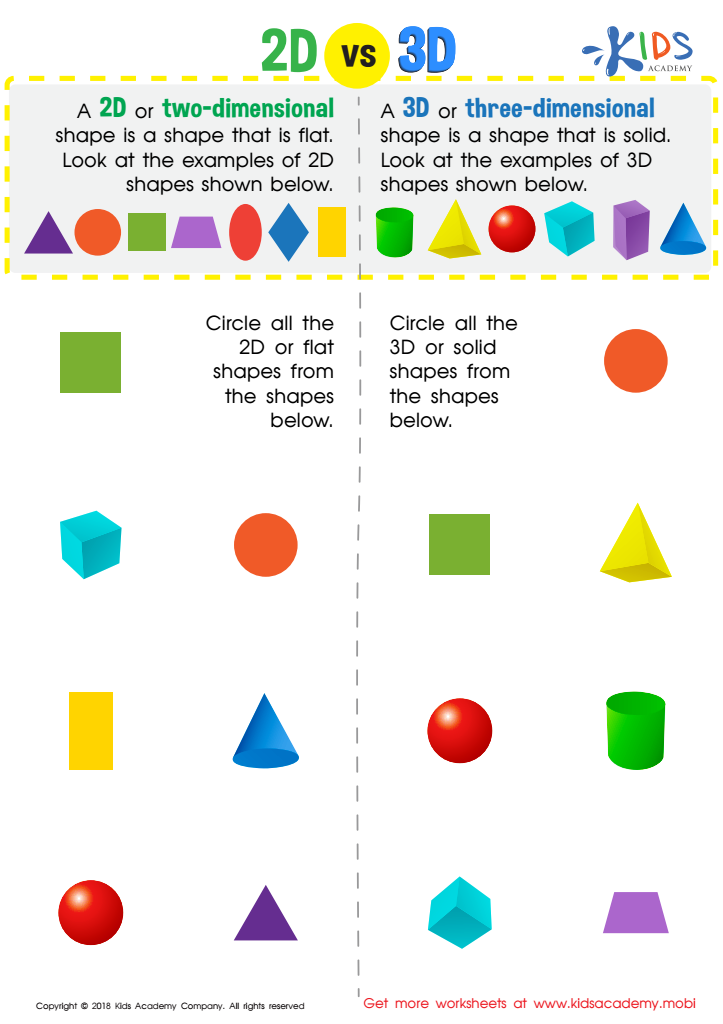

2D vs 3D Shapes Worksheet
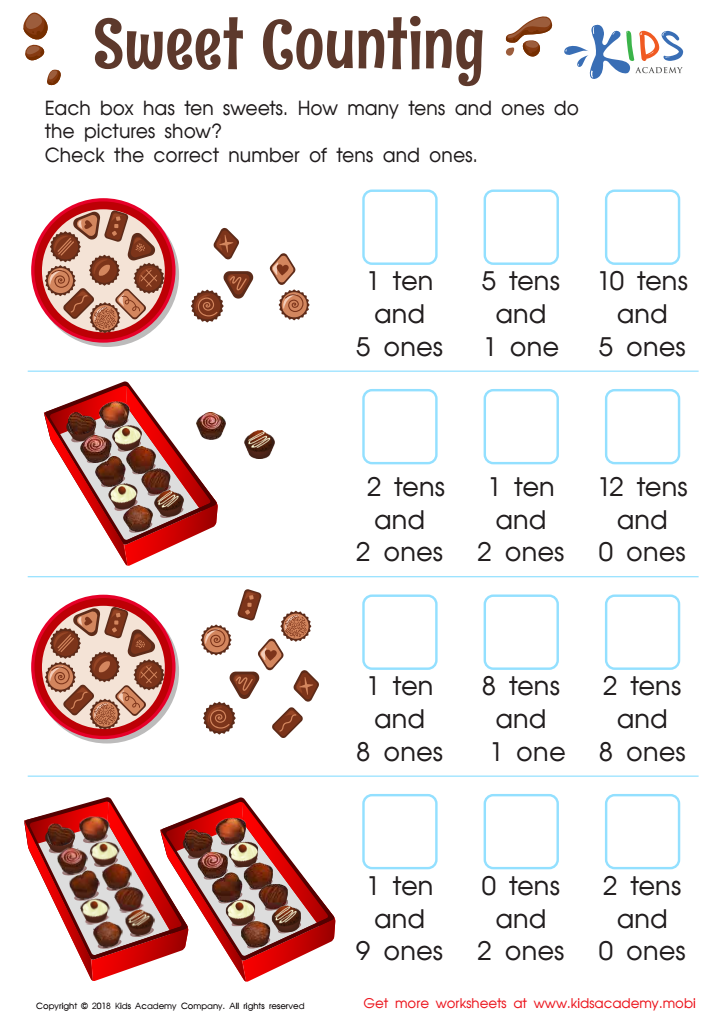

Sweet Counting - Part 2 Worksheet
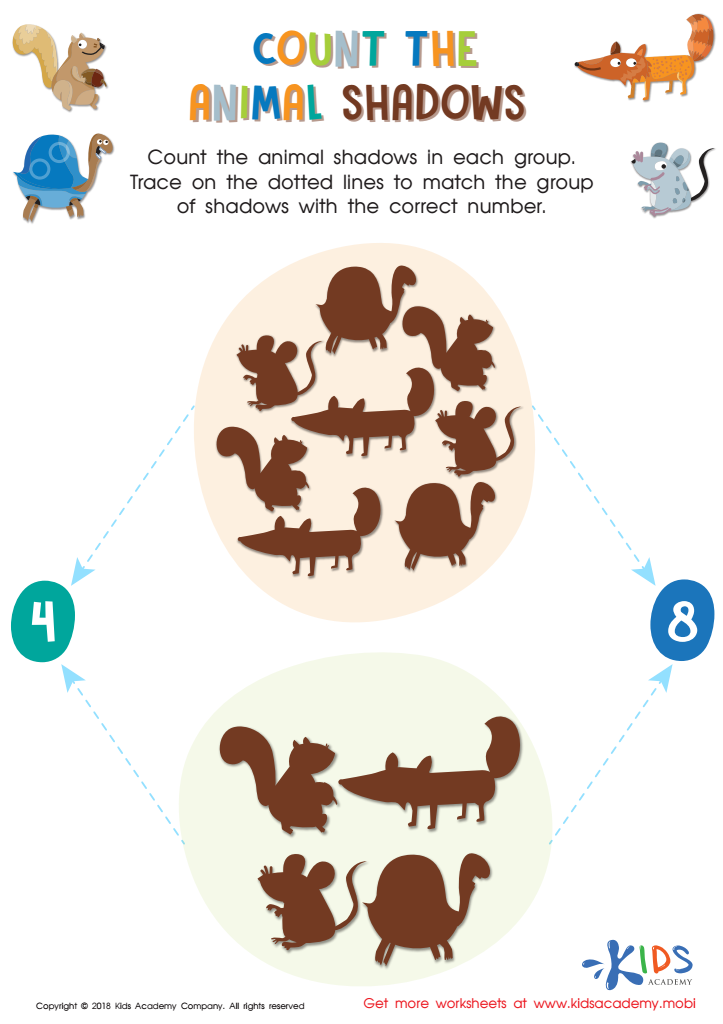

Count the Animal Shadows Worksheet
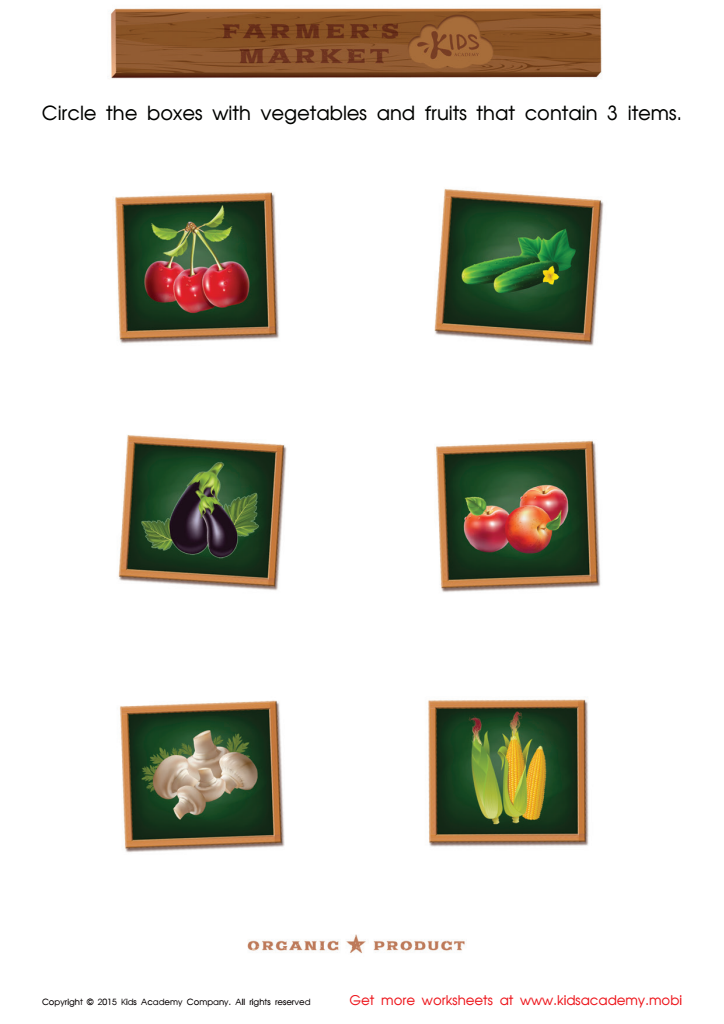

Count and Match Vegetables 1 – 5 Math Worksheet
Visual perception is a critical skill for children aged 5-8, especially in the context of mathematics. It refers to the ability to interpret and understand visual information, enabling kids to process shapes, patterns, sizes, and spatial relationships. Developing strong visual perception skills lays the foundation for mathematical proficiency.
Parents and teachers should care about visual perception normal math because it directly affects a child's ability to recognize numbers, comprehend geometric concepts, and solve problems. Children who struggle with visual perception may face challenges in math-related activities, leading to frustration and a negative attitude towards learning.
By fostering strong visual perception skills, parents and teachers can help children better understand math concepts, improving their confidence and performance. Engaging children in games and activities that emphasize recognizing patterns, sorting shapes, or manipulating objects will stimulate their visual perceptual abilities.
Moreover, strong visual perception not only enhances mathematical abilities but also supports overall cognitive development, which is crucial for future learning experiences. Investing time and effort in visual perception skills equips children with the tools they need to excel in both mathematics and everyday problem-solving tasks. It ultimately sets the stage for lifelong learning and academic success.
 Assign to My Students
Assign to My Students










